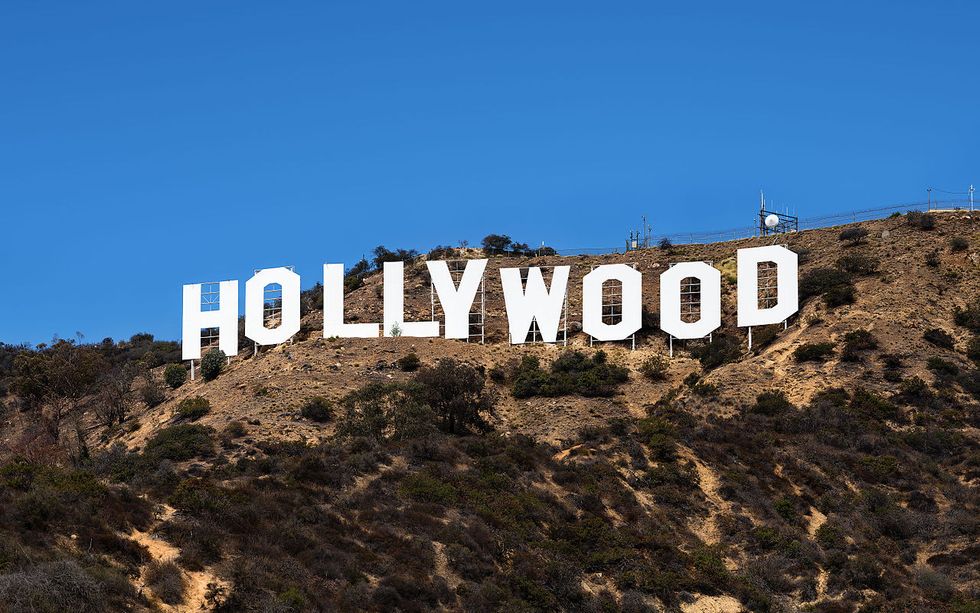I recently had to give a ten-minute speech in class that provided information on a topic of my choice, and I chose gender equality in Hollywood.
Since I am an avid film lover and enjoy keeping up to date on what's happening in Hollywood, I thought that this topic was the best choice. And as a feminist myself, I like to see the progression of the fight for an issue I'm passionate about advocating for. I knew the basics of the topic, but as I dived deeper into the statistics of gender equality in Hollywood, I became fascinated by the reality of the issue. The information I gathered is seriously eye-opening.
A common misconception about the pay gap in Hollywood is that it's always been around, but the top-earning actor and actress of Hollywood in 1937 only had a 13.7% difference in pay. But just last year, exactly eighty years later, Emma Stone made 61.8% less than Mark Wahlberg, who earned a whopping $68 million. That's four and a half times the difference in 1937!
The statistics for sexual harassment are just as tremendous. A survey I found asked 843 women who worked in the entertainment industry whether they have experienced some form of sexual harassment, to which 94% said they have. You read that right- 94%. Most of these women faced unwelcome sexual comments or witnessed it from others. This extreme percentage truly shows the reality of the issue of sexual harassment and how unfortunately common it is for women to face the issue.
Award shows aren't any better. Since 1994, women made up 12% of the nominees at the Golden Globes and 8% of the winners. At the Oscar's, 5 women have ever been nominated for a directing word. ONE has ever won (you go, Kathryn Bigelow)! ONE woman has ever been nominated for a cinematography award. Ten percent of women have been nominated in the combined writing categories, and fourteen percent have been nominated for an editing award. It's absolutely insane.
And to make matters worse, the number of female protagonists decreased 5% from 2016 to 2017. Last year, 76% of protagonists were male, and 24% were female.
So how do these statistics affect us, watching at home? I mean, we're not the ones in these situations and it doesn't directly hurt us in any way. But perhaps by watching these issues unravel, we can take a stand and make a difference in how women are treated in our society.
These statistics can be random numbers that aren't effective to some, or they can be the motivation of speaking up against the issue to others. We don't have to stand by and watch women accept a lower paycheck, or be ashamed of the horrific sexual experiences they face. We don't have to see women be underrepresented or not seek the same praise men do.
As we as audiences watch this issue progress in the comfort of our living rooms, maybe we can reflect on where we see this issue of gender inequality and how we can beat the statistics. If we truly put our minds to it and start from the towns we live in, we can make a difference that can reach Hollywood by speaking up and bringing awareness to the issue that many tend to ignore.
We can launch the movement that decreases the pay gap. We can reverse the percentage of women who experience sexual harassment. We can bring representation and praise to women who deserve it just as much as men do. Most importantly, we can be the change we wish to see in the world.






 The minimum wage is not a living wage.
StableDiffusion
The minimum wage is not a living wage.
StableDiffusion
 influential nations
StableDiffusion
influential nations
StableDiffusion












